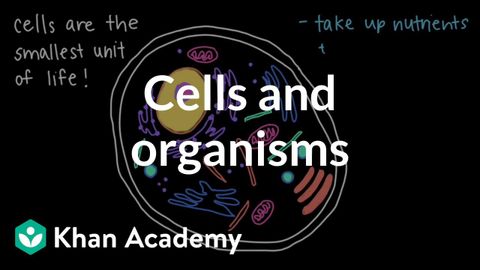細胞と生物|中学生物|カーンアカデミー (Cells and Organisms | Middle school biology | Khan Academy)
Connie が 2024 年 05 月 27 日 に投稿  この条件に一致する単語はありません
この条件に一致する単語はありませんUS /pɚˈspɛktɪv/
・
UK /pə'spektɪv/
US /spɪˈsɪfɪk/
・
UK /spəˈsɪfɪk/
US /əˈdɔrəbəl,əˈdor-/
・
UK /əˈdɔ:rəbl/
US /ˈfæsəˌnetɪŋ/
・
UK /ˈfæsɪneɪtɪŋ/
- v.t.魅惑的な;(視線で)捕らえる
- adj.魅惑的な
- n. (u.)魅力
エネルギーを使用
すべての単語を解除
発音・解説・フィルター機能を解除
